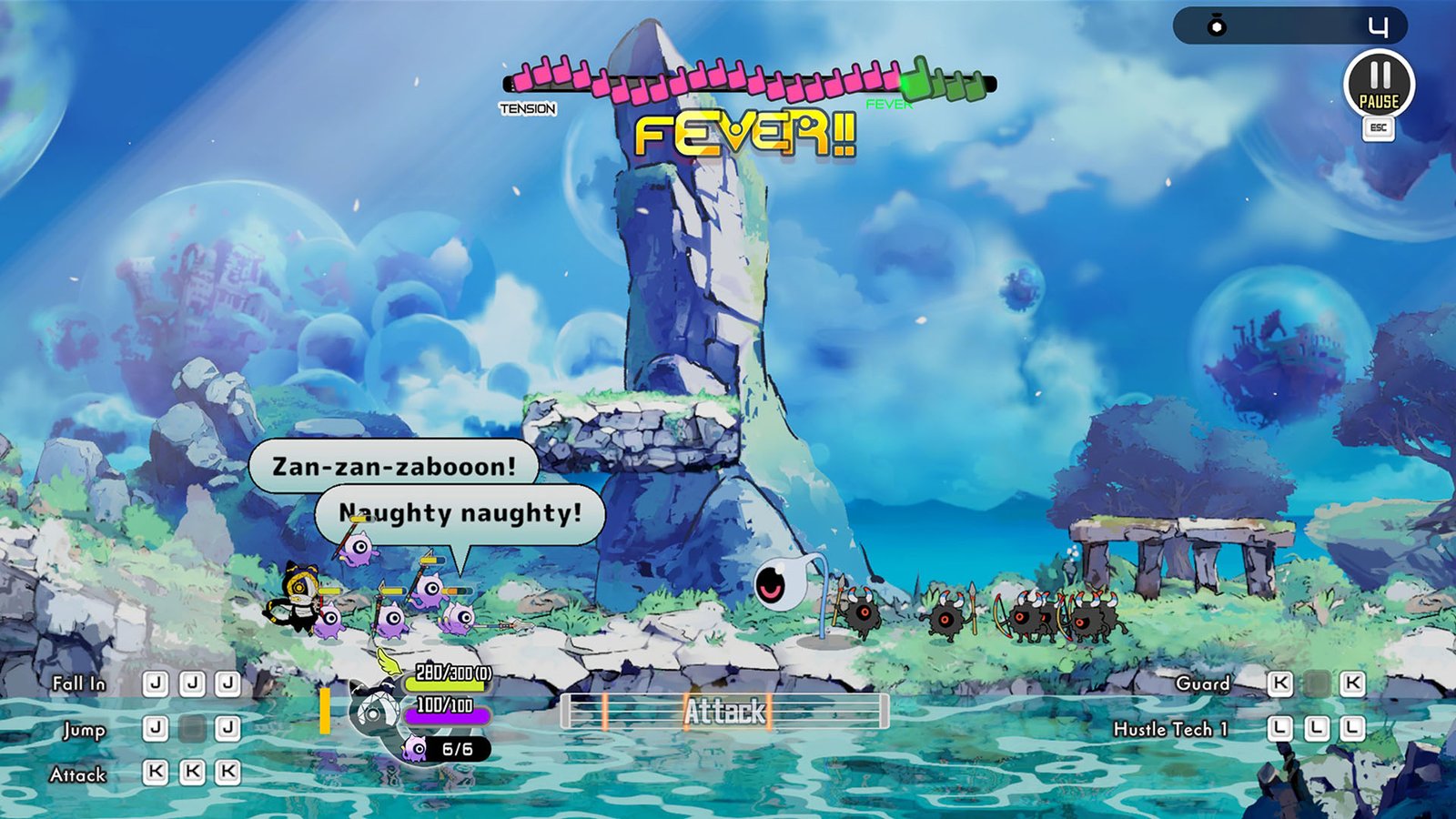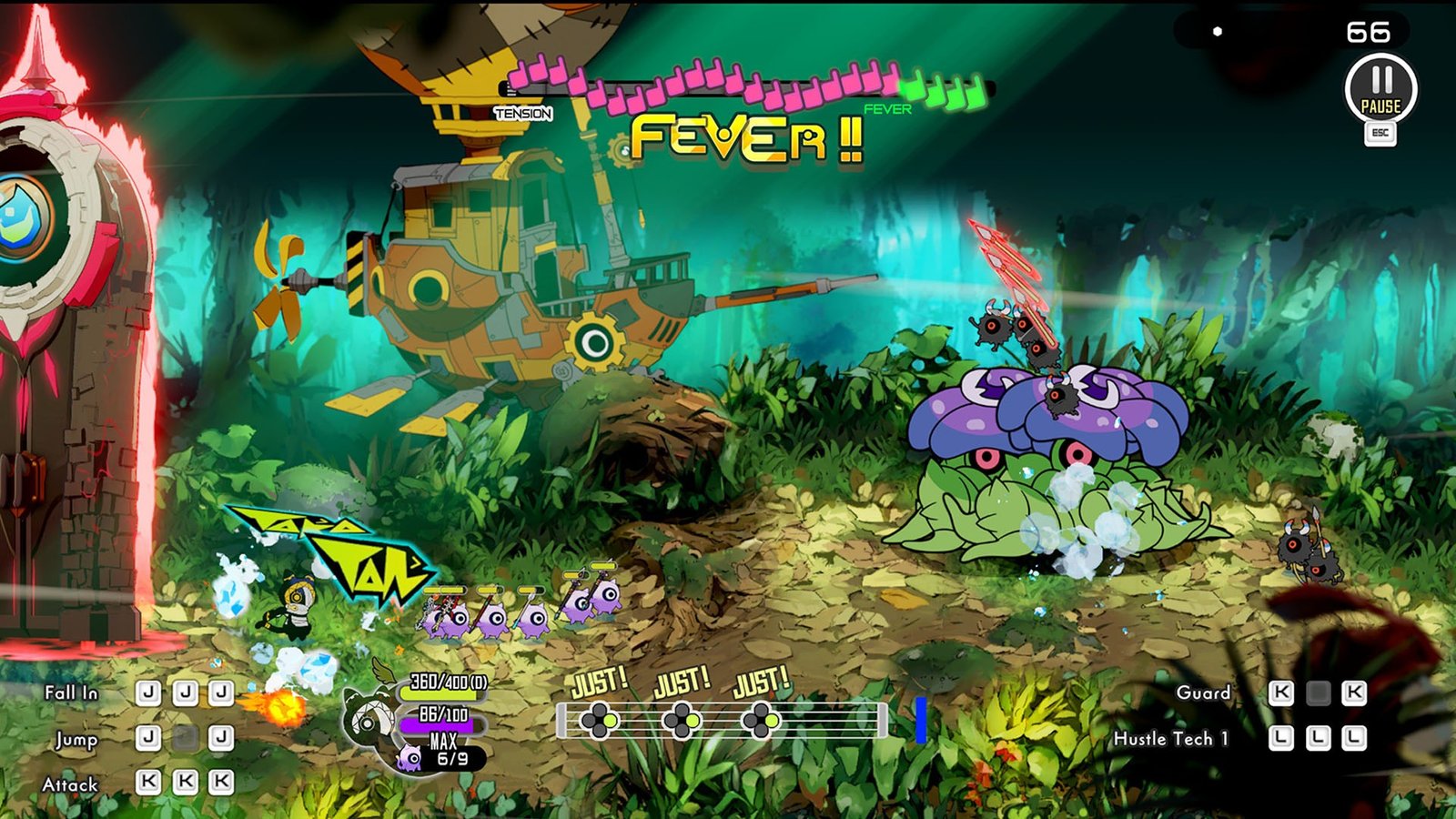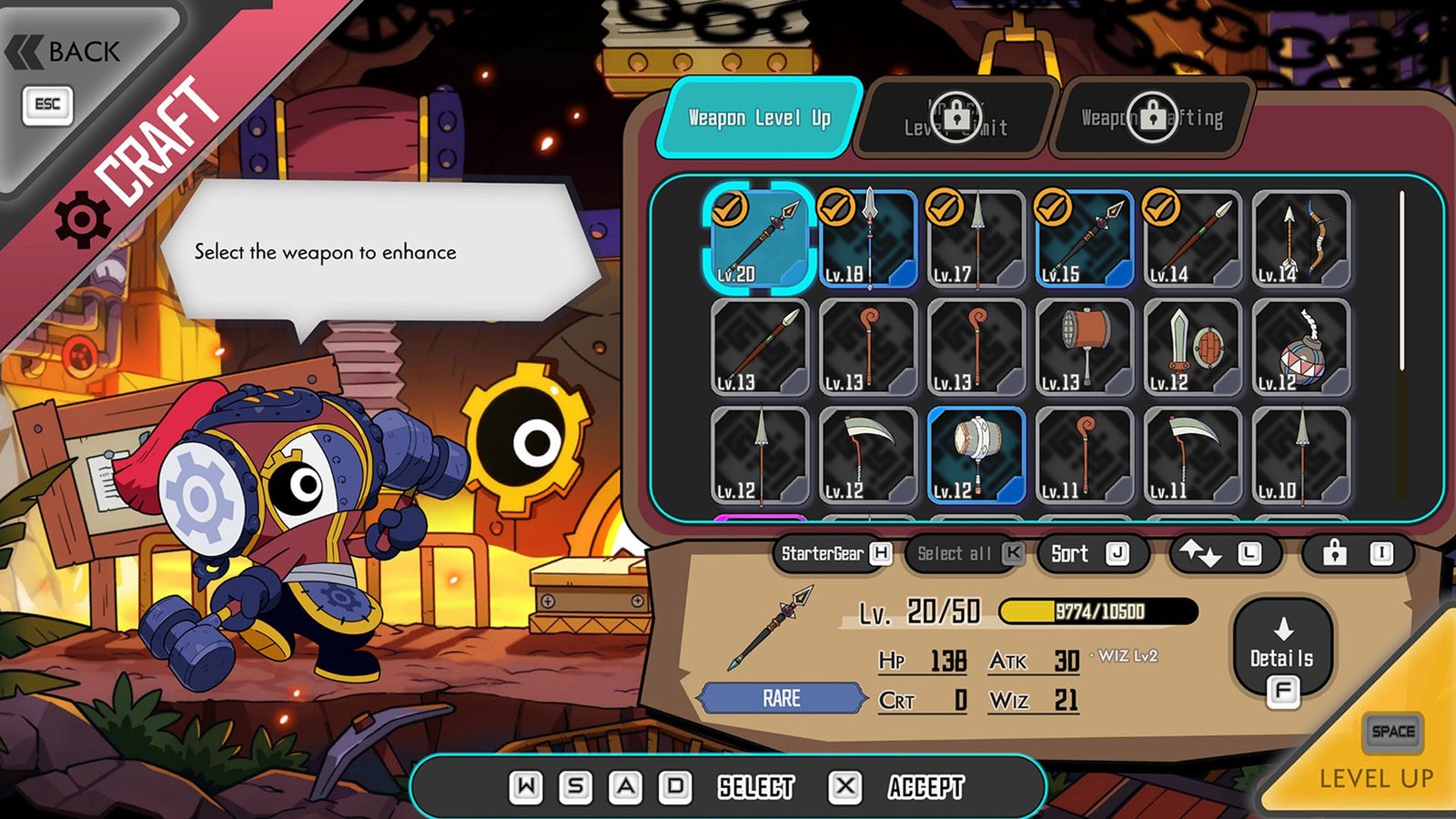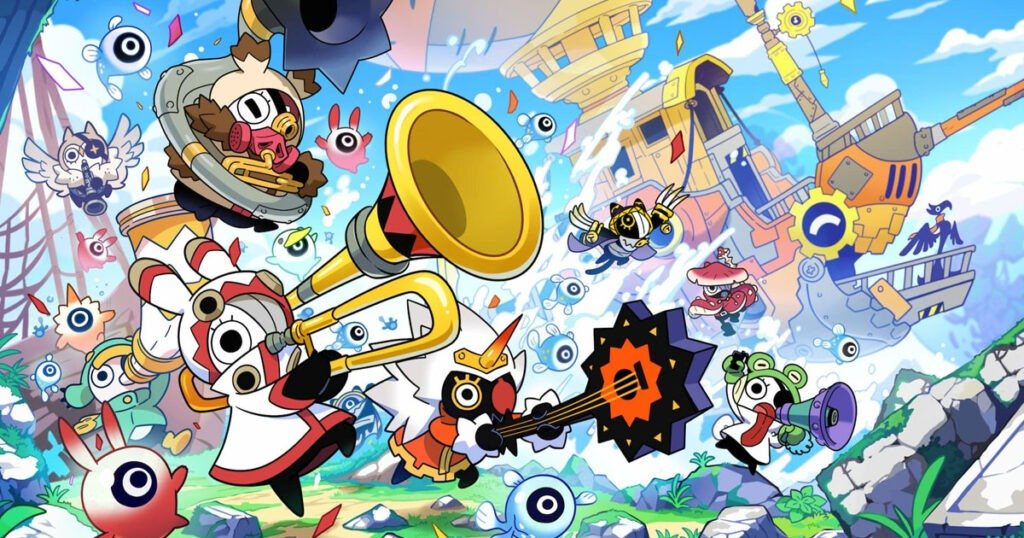Table of Contents
Ratatan on PC
When Ratatan first marched onto screens, it carried with it the unmistakable echo of Patapon, that beloved rhythm-strategy series from PlayStation’s past. Led by Ratata Arts and backed by a record-breaking Kickstarter campaign, Ratatan arrived on Steam Early Access with more than just nostalgia in its drumbeat — it promised evolution.
Yet in its current state, that promise feels only half-fulfilled. It’s an imaginative, infectious rhythm battler that beats with the right heart, but not always the right tempo.
The Return of a Familiar Rhythm
There’s an undeniable thrill the first time your tiny army moves in synchrony to your drum commands. Each beat lands like a call to arms, and for long-time fans, it’s impossible not to smile. The visual palette, which is bright, sharp, and joyfully chaotic, channels the essence of its spiritual predecessor, but with broader strokes and modern flair. As a spectacle, Ratatan impresses. Its screen-filling battles and clever musical layering deliver moments of absolute exhilaration, especially when the sound of your army swells in perfect time to your inputs.

Yet beneath this surface nostalgia lies a deeper complexity. The game doesn’t just borrow from its inspiration; it fuses rhythm and strategy with a roguelite skeleton. You’re not merely issuing commands; you’re evolving units, unlocking new skills, and taking runs that play out differently each time. It’s ambitious, and at its best, this layered design rewards patience and experimentation. But the execution, for now, can’t always keep up with its intent.
A March That Stumbles on the Beat
The biggest challenge Ratatan faces in Early Access is clarity. Players new to its rhythm-command structure may find themselves lost in its tutorial phase, a problem echoed widely in community feedback. Commands sometimes feel less intuitive than they should, timing windows feel tight yet inconsistent, and tutorials, while improved since the demo, still assume a familiarity that not all players will have.
The result is a disconnect between what the game wants you to feel — rhythmic flow and tactical precision — and what you actually experience: a lingering uncertainty over whether you’re marching to the right tune. That friction is something the developers clearly recognise. Following its demo release, Ratata Arts delayed the Early Access launch to overhaul tutorials, pacing, and UI elements. Those refinements are evident, but they haven’t yet addressed the fundamental issue of onboarding.

What saves these moments from total frustration is the sheer charm that underpins the chaos. Even when you’re fumbling commands or watching your army scatter, there’s a strange joy in the noise, a symphony of clashing rhythm and rebellion that never quite collapses into silence.
The Roguelite Dilemma
Ratatan ’s most divisive feature so far has been its roguelite structure. For some, it’s a smart way to modernise the rhythm-strategy formula: each run introduces variation, adding long-term progression and replayability. For others, it feels at odds with the precision that rhythm demands. A missed beat leading to a failed run doesn’t sting the same way as a classic game-over screen; instead, it resets a rhythm that was only finding its groove.
There’s tension in how those systems interact. While roguelites thrive on iteration and learning from mistakes, rhythm games demand consistency and flow. Ratatan is trying to marry the two, and though the union occasionally clicks, it can just as often clash. Boss fights in particular exemplify this problem. They look spectacular, as massive, multi-stage duels that fill the screen with colour, but they also expose the rough edges of timing and input lag. When rhythm falters, strategy suffers.

Still, it’s easy to see why the developers made this choice. The roguelite scaffolding promises longevity. Over time, as the content expands, the approach may yield the variety that players currently find lacking. For now, however, it feels like two halves of a whole still learning how to dance together.
Sound and Spectacle
On the other hand, where Ratatan seldom falters is in presentation. The audio design is exceptional, with every percussive strike, chant, and march rhythm contributing to the game’s infectious identity. It’s not merely background noise but the soul of the experience. The soundtrack’s energy turns even basic encounters into something theatrical, and when everything aligns with your inputs, your army, and the beat, the result feels euphoric.
Visually, it’s equally confident. Each stage bursts with colour and life, and the silhouettes of Ratatan troops dancing against bold backdrops are pure nostalgia wrapped in modern rendering. Even in the thick of combat, there’s a clear artistic vision here: a world designed to feel like it’s pulsing with rhythm itself.

Yet, as impressive as the spectacle is, it can also be overwhelming. With numerous units and effects onscreen, maintaining clarity becomes challenging. Important cues, whether visual or rhythmic, can get lost in the chaos, a problem that has also existed in the past. It’s an issue of scale that future updates will need to address, especially as the game introduces new modes and mechanics during its Early Access roadmap.
The Pulse of Potential
For all its rough edges, Ratatan remains one of the most intriguing Early Access launches this year. There’s passion and craftsmanship beneath every beat, even when the rhythm falters. The developers’ responsiveness to community feedback, demonstrated by delaying the launch, refining tutorials, and promising new worlds and co-op refinements, is commendable. It speaks to a team willing to adapt, and that’s vital for a game built on timing.
Community sentiment mirrors this cautious optimism. Many players praise the art direction and concept, while others voice frustration with difficulty spikes, pacing, and onboarding. It’s a split verdict, but one that feels earned: Ratatan is both brilliant and baffling in the same breath, a marching band still tuning its instruments mid-performance.

The Curtain Call
What’s clear is that this is not a lifeless cash-in on nostalgia. It’s a genuine attempt to rekindle what made Patapon special while pushing its ideas in a new direction. Whether that ambition will harmonise fully remains to be seen, but as far as first movements go, the rhythm of Ratatan, though imperfect, is undeniably alive.
If you’re the kind of player who enjoys watching a game evolve, who can tolerate early-stage experimentation, Ratatan is worth marching alongside. But if you’re hoping for a fully synchronised rhythm-strategy experience, the beat may be easier to follow when the full version arrives.
Ratatan is now available on Steam via Early Access.
SavePoint Score
Summary
Ratatan’s Early Access debut captures the heart of its predecessor’s rhythm and charm, but uneven execution, opaque tutorials, and roguelite friction prevent it from reaching full harmony. Beneath its chaotic drumbeats, though, lies genuine potential waiting to find its perfect tempo.

